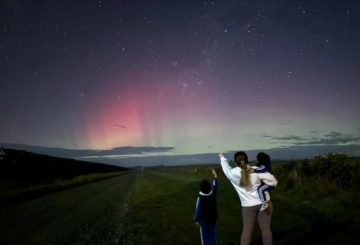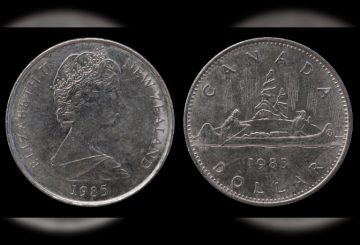Tonight, skywatchers in Tauranga are eagerly waiting to see if they will be able to view the Southern Lights, also known as Aurora Australis. This beautiful display of lights across the southern horizon is a rare sight in this area. The event is made possible by a large group of active sunspots that have recently released several Coronal Mass Ejections (CMEs) towards Earth.
The Aurora Australis is a stunning light show caused by charged particles from the sun interacting with Earth’s magnetic fields and atmosphere. These particles, mostly electrons and protons, collide with gases in our atmosphere, creating vibrant colors of green, pink, purple, and red in the night sky.
David Greig, president of the Tauranga Astronomical Society, says these CMEs are expected to arrive over the weekend, possibly creating amazing auroral displays in the southern skies. He reassures that there’s no need to worry, and this is a good chance to possibly see the Aurora Australis.
David explains that sunspots and solar activity peak about every 11 years, and we are currently approaching a peak. These sunspots increase solar wind, which results in the beautiful aurora. The last peak happened in 2013, and the next one is expected between 2023-2025.
This event coincides with a “grid emergency” notice issued by Transpower due to a severe space storm. The agency, which operates New Zealand’s power grid, warns that a geomagnetic storm is likely to affect Earth this weekend due to significant solar activity.
David notes that CMEs are unpredictable but occur more often when there are many or large sunspots visible. He adds that aurora activity seems more likely around the equinoxes in March and September. To see the aurora, you should look south from a dark location away from bright lights. The aurora is best seen from further south, but during extreme activity, it can be seen or photographed from further north.
Local photographer John van der Broek captured the Southern Lights from his home in Maungatapu in November 2023 and plans to do so again.
SolarHam.com, a site that provides real-time space weather news, reported on the space storm it was tracking. A spokesperson for the site said, “For the first time since the great Halloween Storm of 2003, the Extreme (G5) Geomagnetic Storm threshold has been reached.”
David is currently monitoring predictions on when the aurora activity is expected to occur. He recommends following the NZ Aurora Australis pages on Facebook for up-to-date information.
With ideal viewing conditions forecasted, tonight could offer a breathtaking show as nature paints the sky with vibrant colors.






























































